(click on image to enlarge)
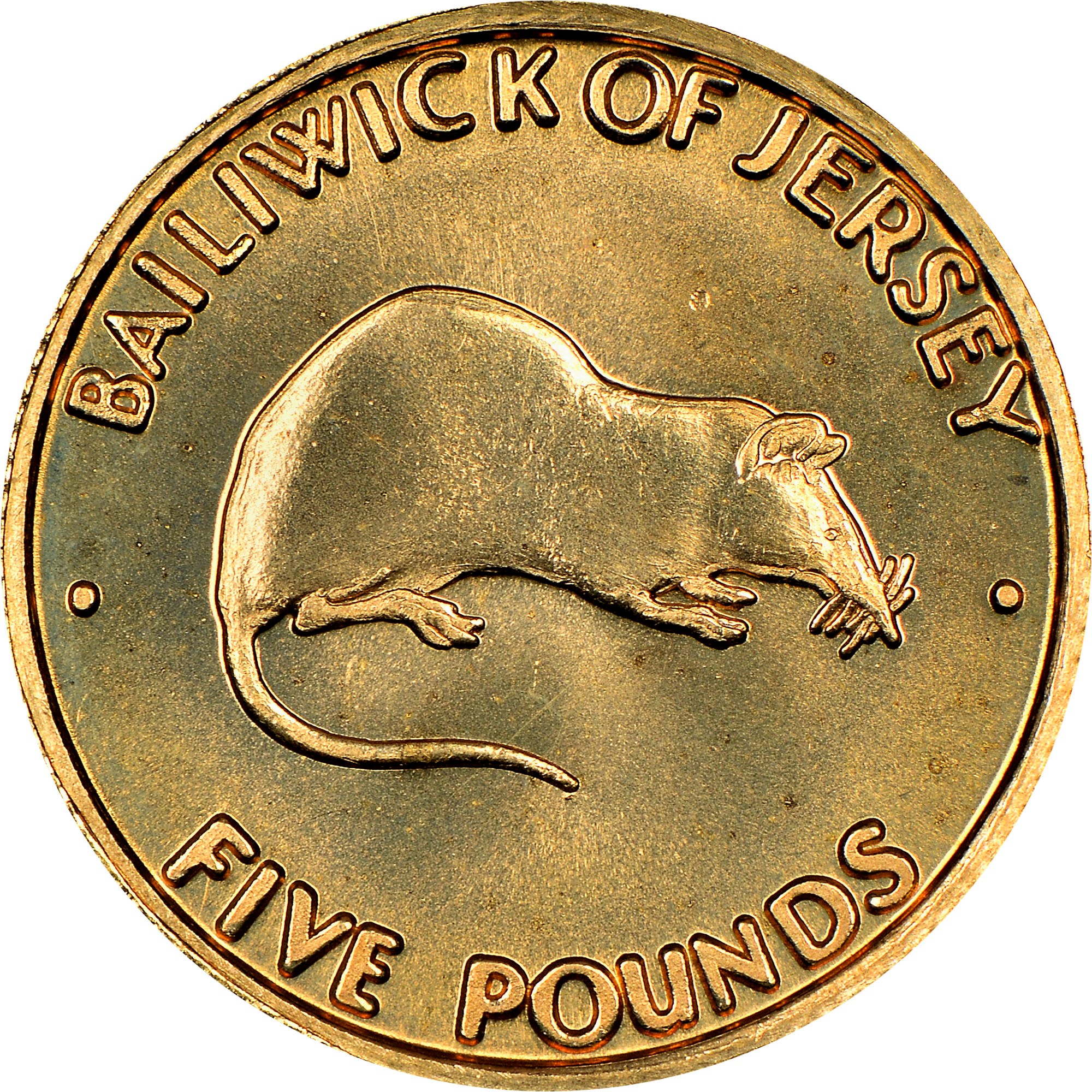
White Toothed Shrew
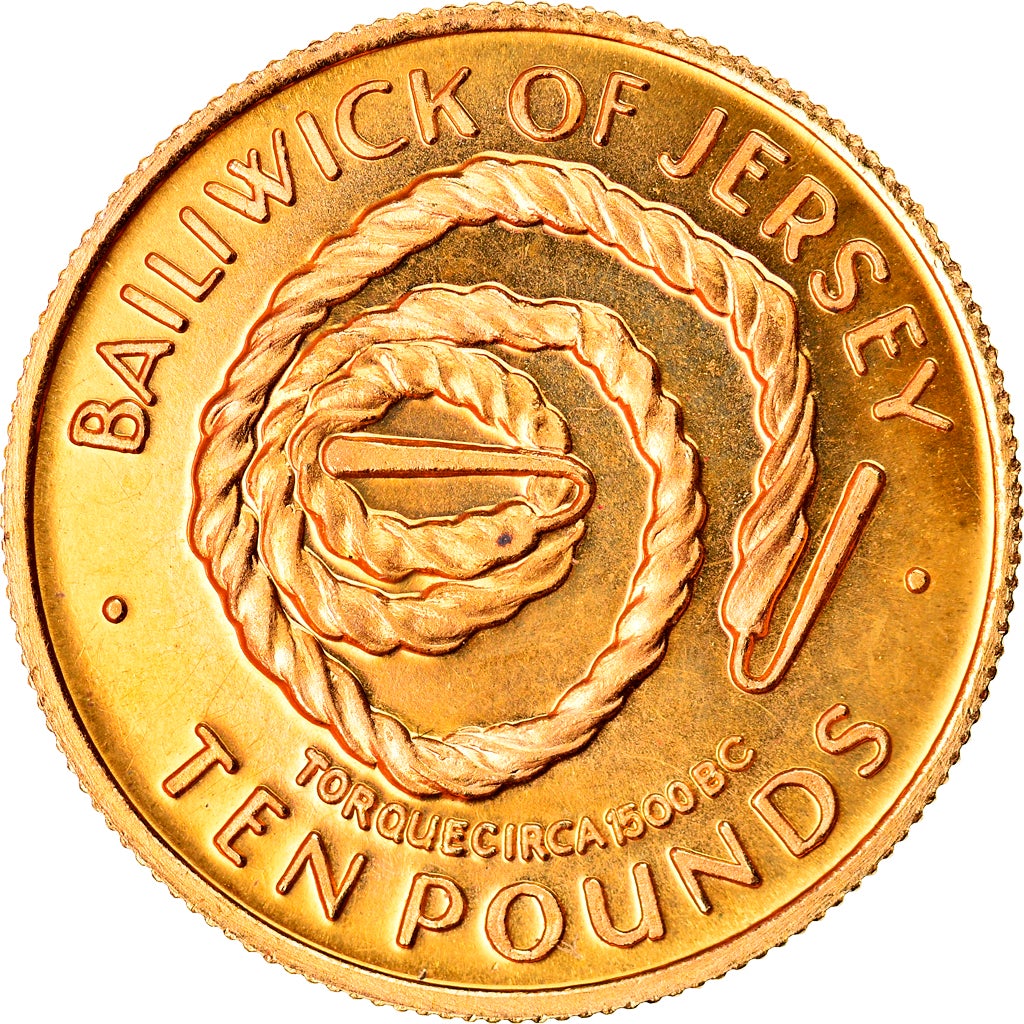
Bronze Age Torque
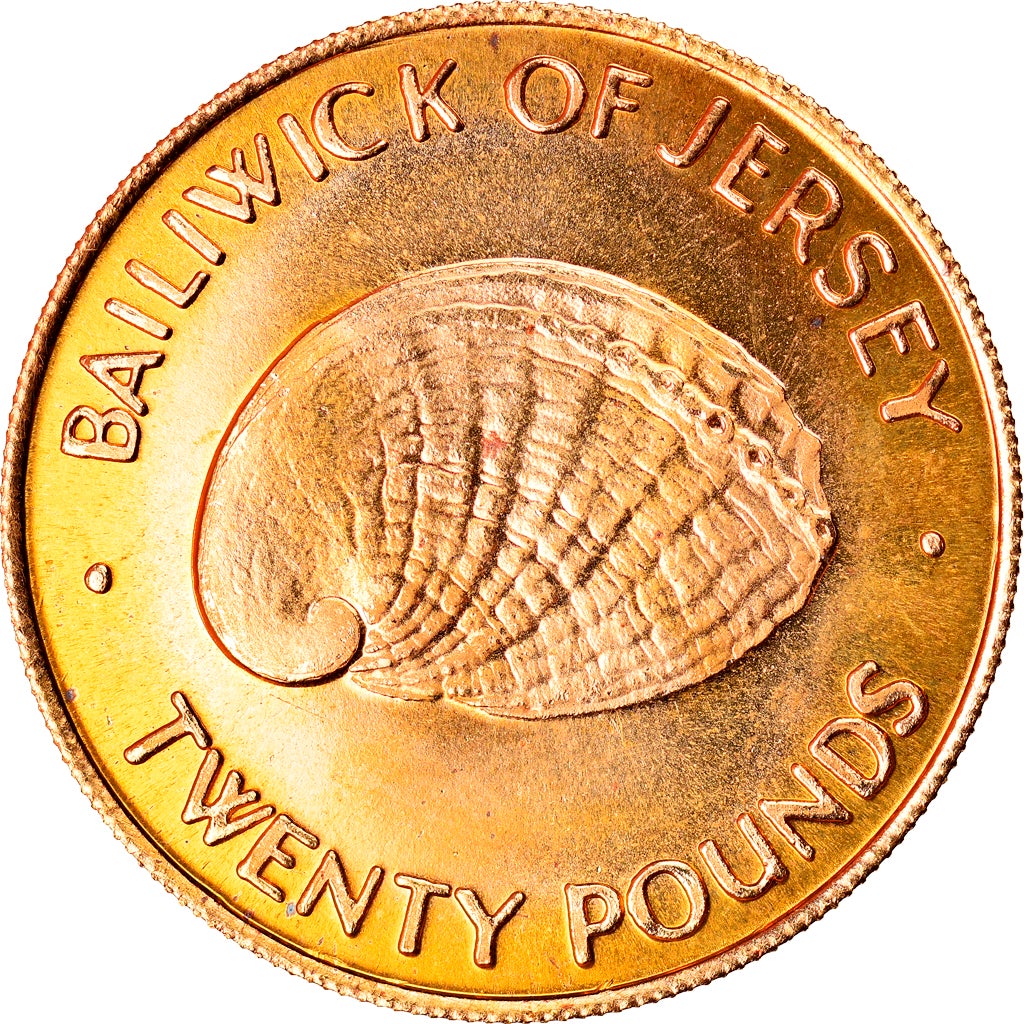
An Ormer

Royal Arms of Queen Elizabeth I
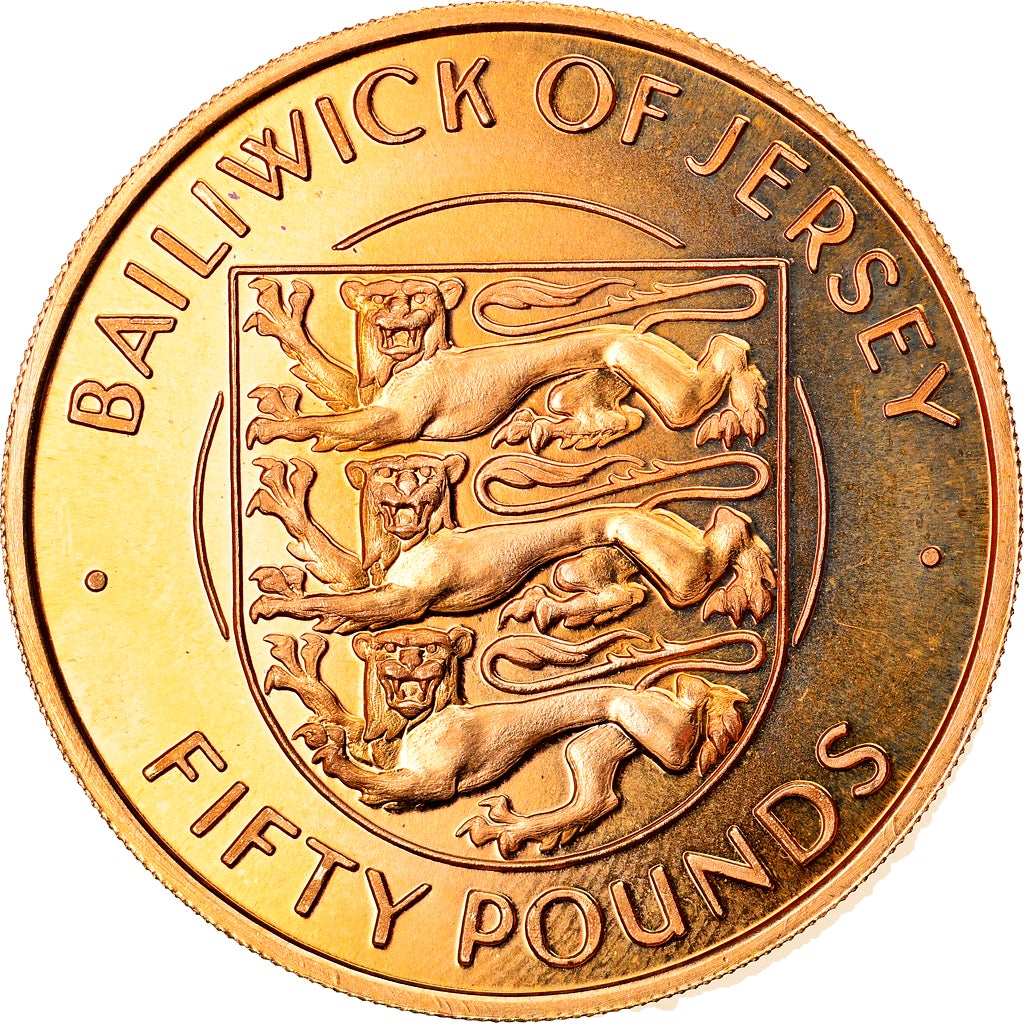
Arms of the Bailiwick
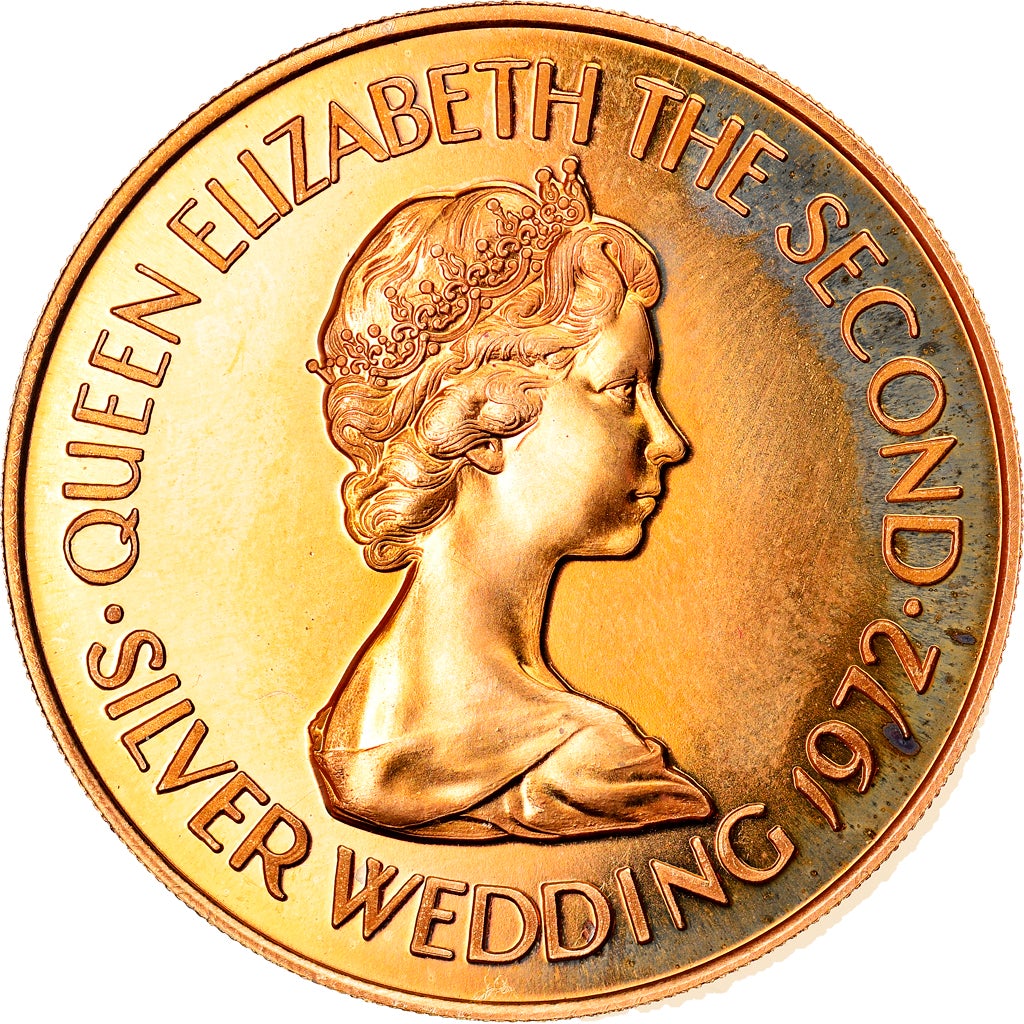
Obverse
| Technical Specifications for Various Jersey Gold Coins | ||||
| Denomination | Diameter | Weight | Fineness | Gold Content |
| Pound 1981 | 25 Square | 17.5500 | .9166 | 0.5174 |
| Pound | 22.05 | 19.6500 | .9166 | 0.5794 |
| Pound 2007 | 13.89 | 1.2500 | .9999 | 0.0400 |
| Sovereign | 22.05 | 7.9800 | .9166 | 0.2352 |
| Two/Five Pounds | 38.61 | 15.9800 | .9166 | 0.4712 |
| Five Pounds | 38.61 | 39.9400 | .9166 | 1.176 |
| Five Pounds | 14 | 2.6200 | .9166 | 0.0772 |
| Ten Pounds 1972 | 17 | 4.6400 | .9166 | 0.1368 |
| Ten Pounds | 16.5 | 3.1300 | .999 | 0.1005 |
| 2015 Ten Pounds | 65 | 155.53 | .9166 | 4.584 |
| Twenty Pounds | 22 | 9.2600 | .9166 | 0.2729 |
| Twenty Five Pounds 1972 | 24.5 | 11.9000 | .9166 | 0.3507 |
| Twenty Five Pounds | 22.00 | 7.8100 | .999 | 0.2509 |
| Fifty Pounds 1972 | 31 | 22.6300 | .9166 | 0.6670 |
| Fifty Pounds | 26.50 | 15.6100 | .999 | 0.5014 |
| Hundred Pounds | 33.50 | 31.2100 | .999 | 1.0025 |
| 1972 Set (5 Coins) | 51.0500 | .9166 | 1.5044 | |
| 1972 Silver Wedding Issues (click on image to enlarge) | ||
|---|---|---|
 White Toothed Shrew |
 Bronze Age Torque |
 An Ormer |
 Royal Arms of Queen Elizabeth I |
 Arms of the Bailiwick |
 Obverse |
| Various Sovereigns | ||
|---|---|---|
 2000 William the Conqueror |
 2009 Henry VIII |
 2010 Restoration of the Monarchy |
 2011 Roual Wedding |
 2012 Diamond Jubilee |
 Common Obverse |
| Ten Pounds -- Five Ounces | ||
|---|---|---|
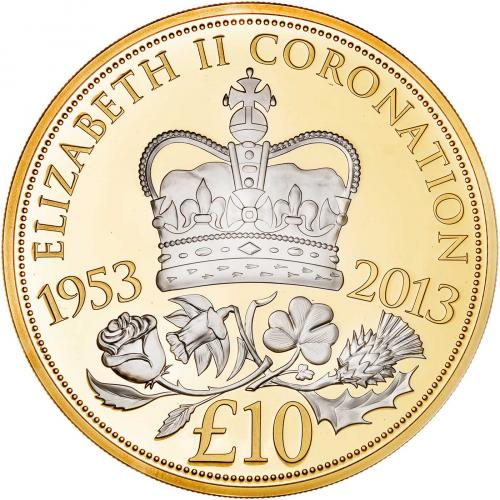 Coronation Jubilee |
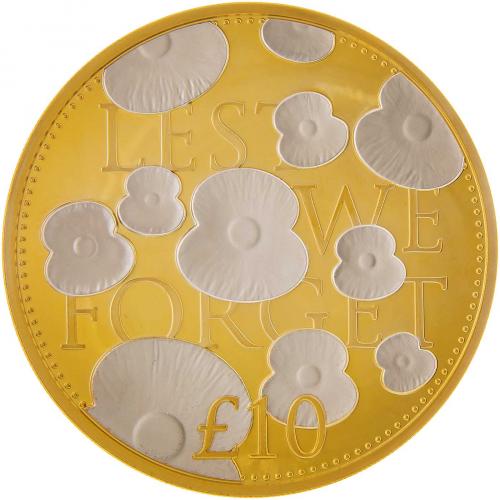 Lest We Forget |
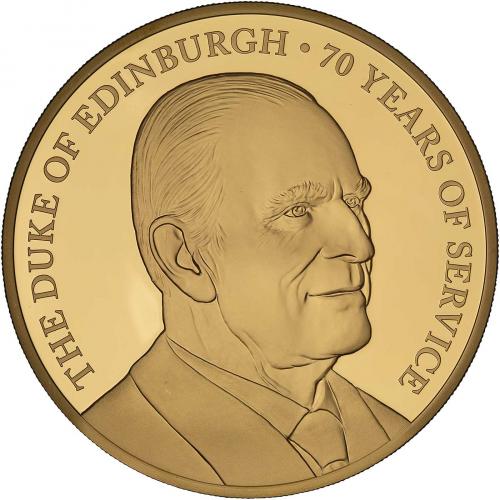 Duke of Edinburgh |
 We Will Remember Them |
 Peace |
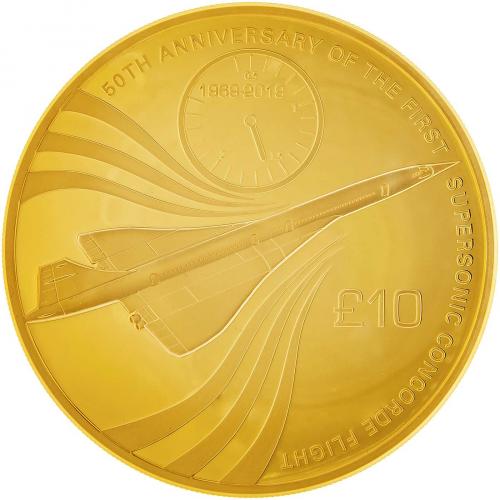 Concorde Flight |
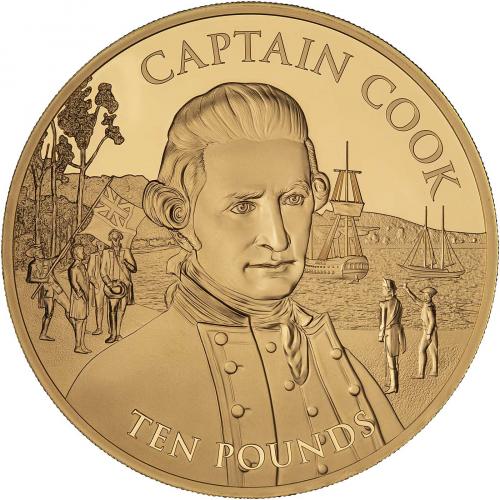 Captain Cook |
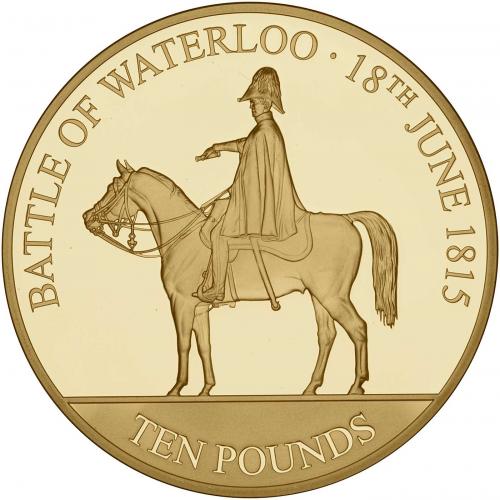 Waterloo |
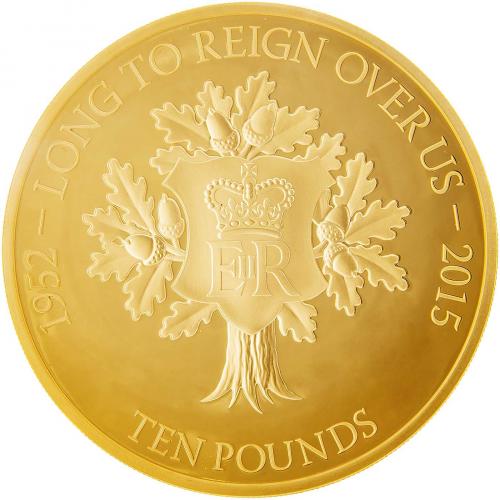 Longest Reigning Monarch |
| Various Other Gold Coins | ||
|---|---|---|
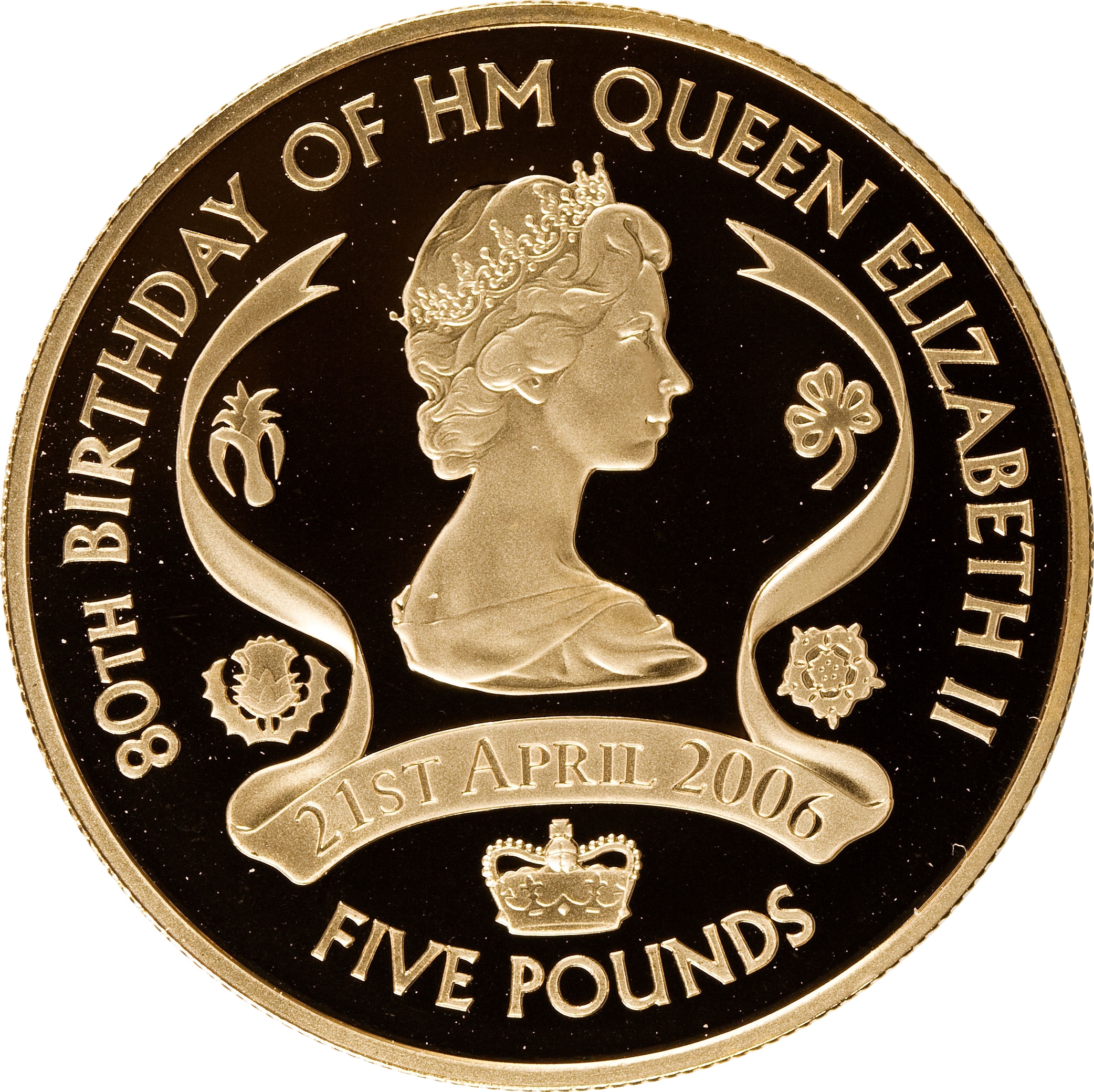 |
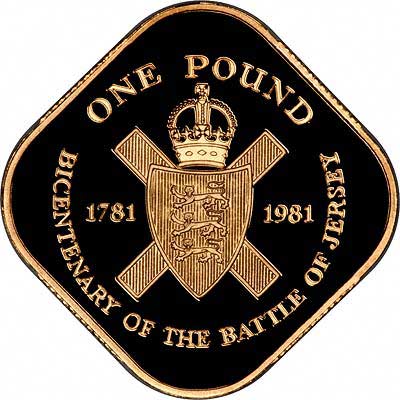 |
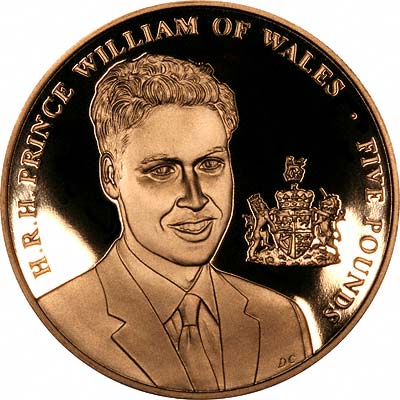 |
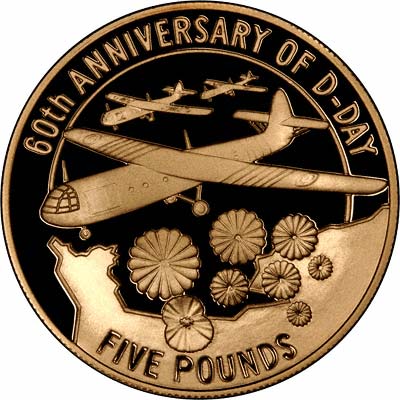 |
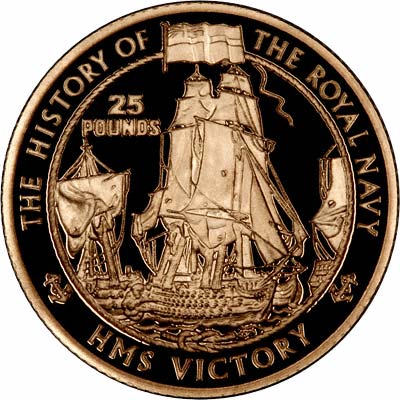 |
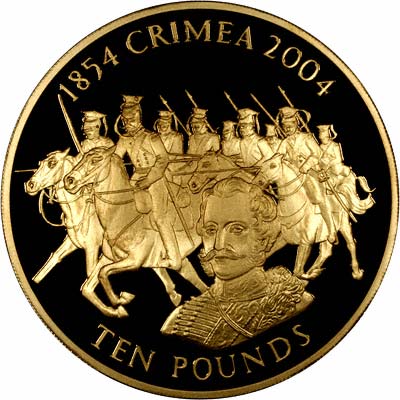 |